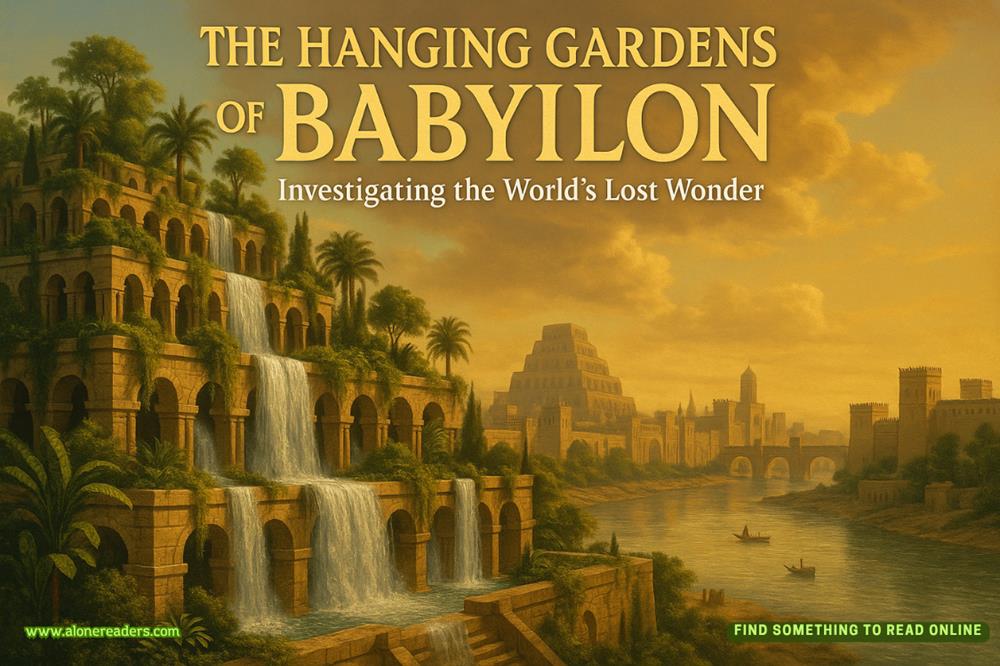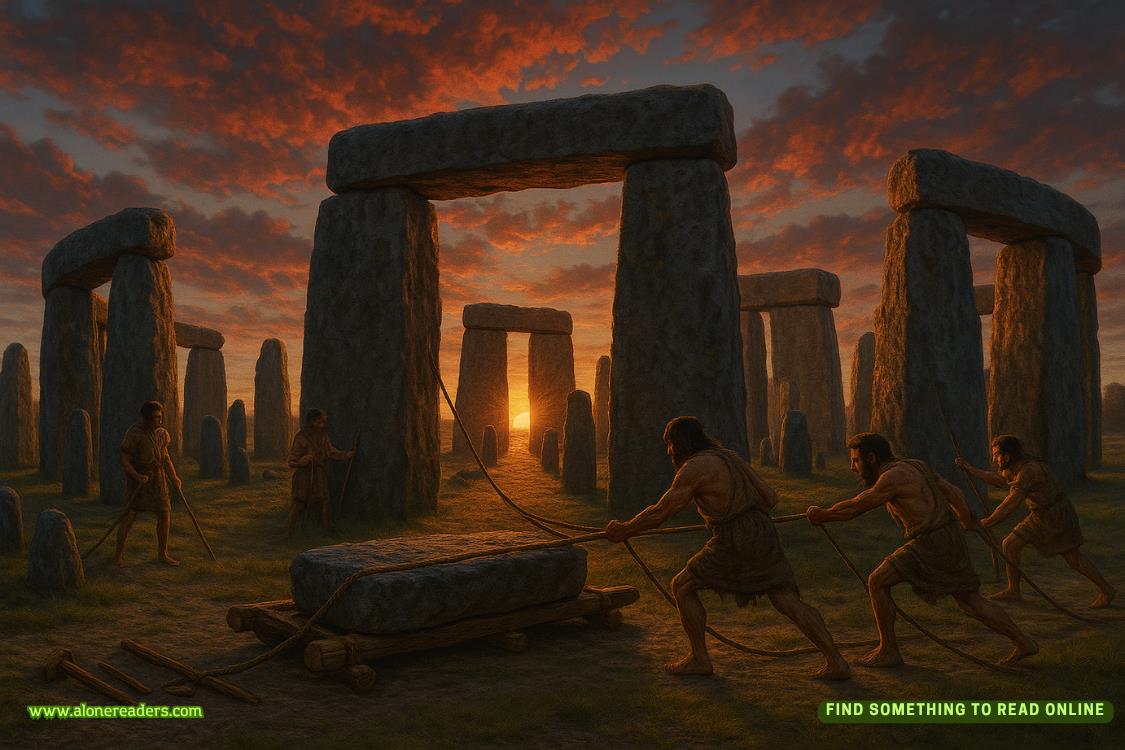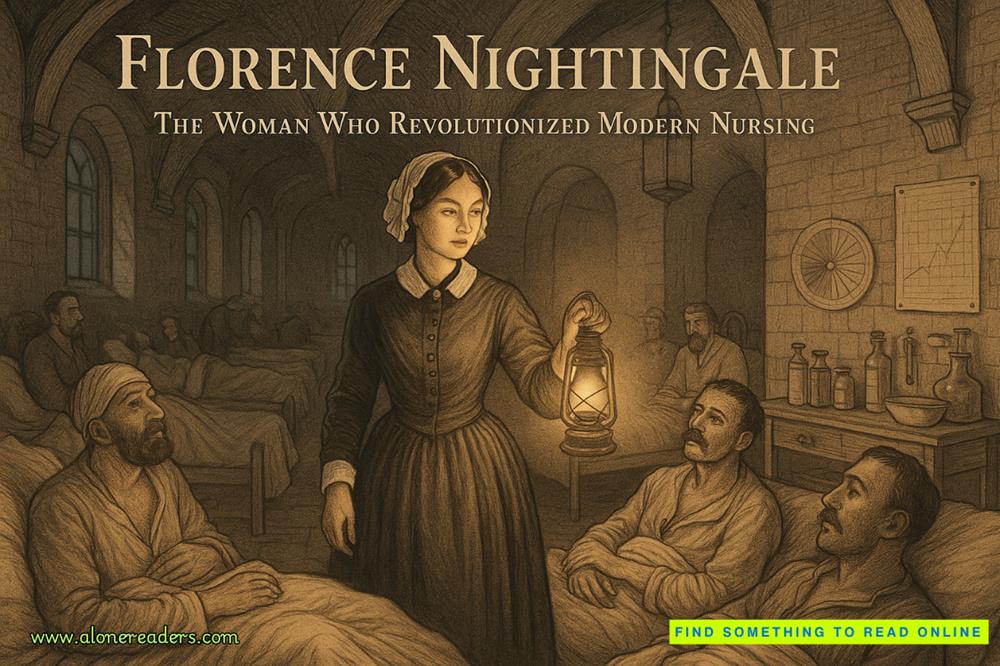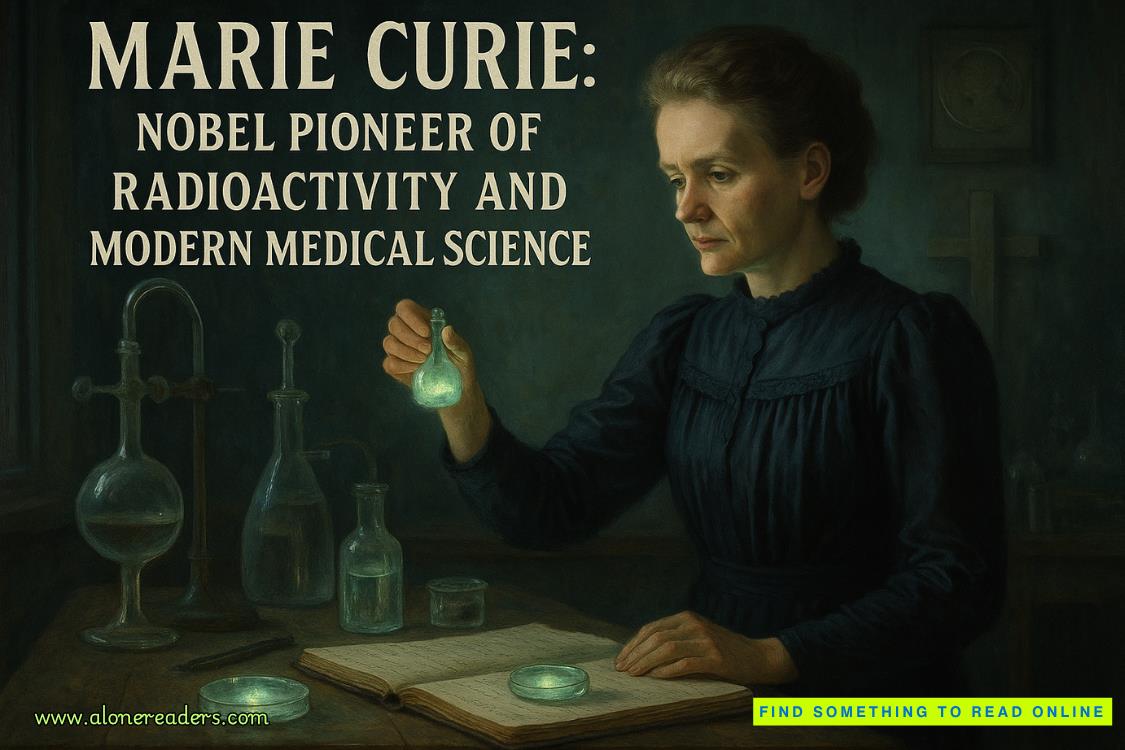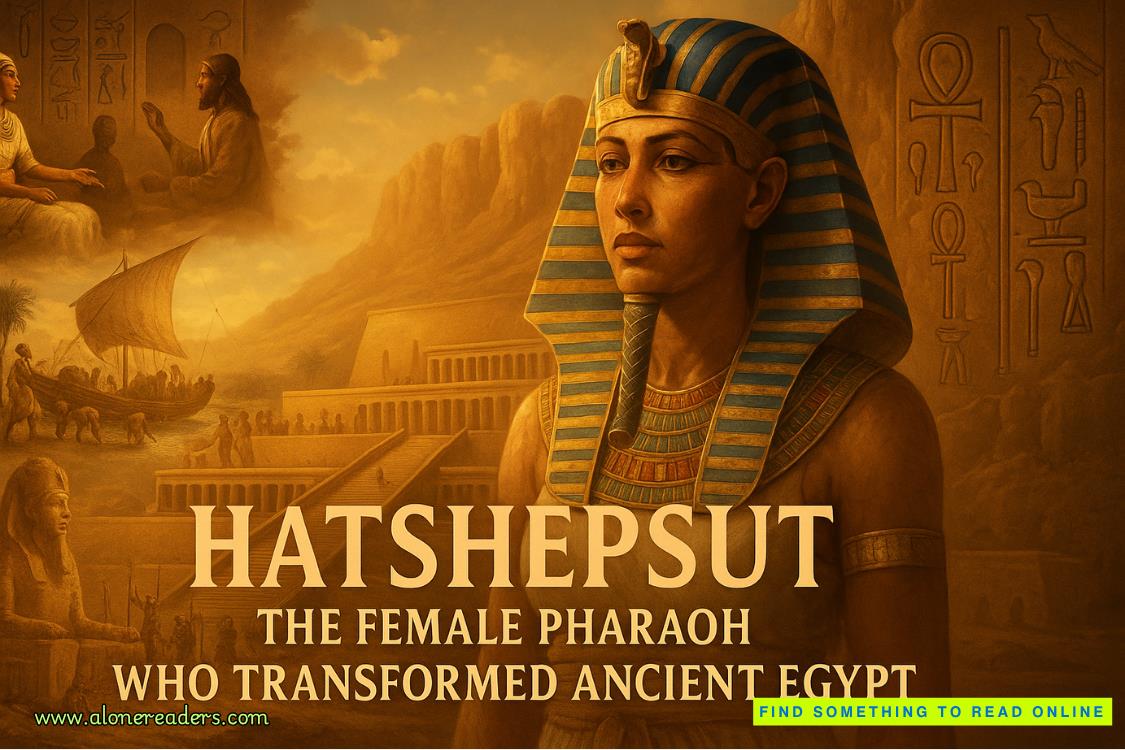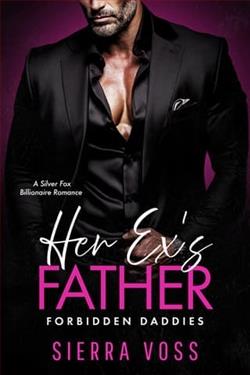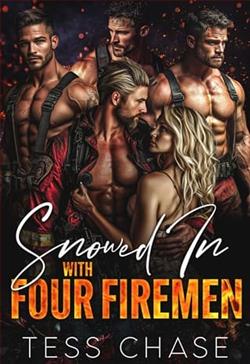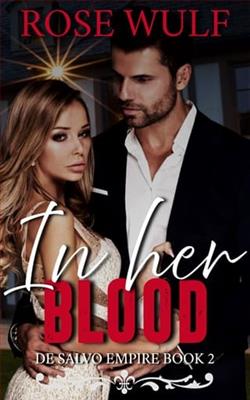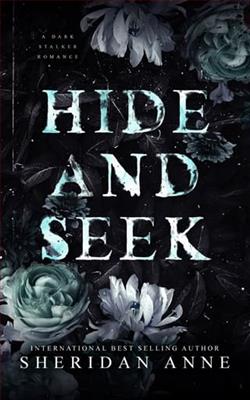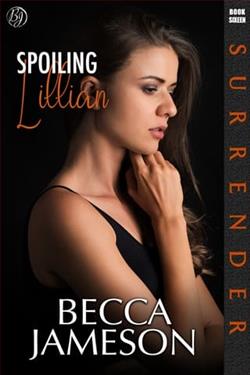Page 1 of The Lesbian Sex Haiku Book (With Cats!)
WHAT’S A HAIKU, ANYWAY?
Our attention spans are getting shorter. Blame ADHD or the Internet if you must, but the truth of the matter is not much can hold our attention for long, even when it’s about topics dear to our hearts, such as love, Nutella, or cunnilingus. This is why haiku was invented—to give our short-form brains something else to do when we aren’t photographing dogs wearing leggings. The word “haiku” has been around since the nineteenth century, but it has appeared in other variations since as far back as the ninth century, when people had to actually memorize things in order to impress anyone.
What is a haiku, you ask? It’s a form of poetry that the Japanese invented and that we Westerners graciously stole from them and changed ever so slightly to fit our language wonkiness. We mostly think of haiku as seventeen-syllable poems, in the 5-7-5 format, that look like this:
I like poetry,
flowers, and waterfalls. I’m
a haiku genius!
Japanese haiku isn’t based on syllables, however. It’s based on onji, which are units of sound that don’t correlate with English very well. The Haiku Society of America (which is a thing that exists!) explains, in a somewhat exasperated manner, that haiku isn’t a type of fixed form poetry (like a sonnet, for instance) and that people should just get over the rigid 5-7-5 format already, because they were probably tired, as I was, of getting into Twitter fights with people over syllables. That said, I tried to adhere to this format when I could in this book because it’s what most of us think of when we think of haiku, and because, like most lesbians, I am a pleaser.
In the West, haiku was popularized in the 1960s by writers like Jack Kerouac and Gary Snyder, though the trend was soon superseded by enthusiasm for hipsters, zombies, and vampires, per our collective cultural boner for brainless dead things that sparkle and drink PBR.
WHAT’S A LESBIAN, ANYWAY?
Like haiku and poetry in general, lesbians (and bisexuals, trans folk, queers, genderqueers, tenderqueers, heteroflexibles, and all womyn-loving wimmin) are frequently misunderstood. Sure, you may have read about them once in a Women’s Studies class, glimpsed them on Grey’s Anatomy or in the plaster aisle at Home Depot, but it’s a rare thing indeed to experience queer women in the wild. Who are these mythical beings? What do they do? What do they wear now that hipsters have appropriated flannel? How do they meet? Is it true that lesbians move in together after the second date? Is there a “man” in such relationships? And if so, can it be me? What does Rachel Maddow have that I don’t? These are some of the questions you may have. This book aims to dispel myths, to enlighten, to demystify, to remystify, to gently chide, and to perplex your parents, all in the most straightforward medium available to humankind.
But first, a caveat! I am not out to speak for every queer lady. The following haiku are by no means trying to capture the lesbian experience, be
cause there isn’t one—it differs for every queer lady. I realize also that not every queer-identified person subscribes to female pronouns or female sex parts. I totally support that, but for ease and clarity, I decided to keep it simple. In fact, if you don’t like a pronoun or genital reference, feel free to scratch it out and use whatever feels comfortable to you. I don’t mind.
Careful observers might also notice that this is called The Lesbian Sex Haiku Book, but that it encompasses a lot more than that—breakups, makeups, friendship, courtship, etc. The reason that this is so is because sex is in a little bit of all we do. For a group that collectively eroticizes Teva sandals and Greenpeace, the sky is the limit, you know? It’s also because maybe I secretly want confused heterosexual men to pick up this book and think it’s porn and then be like, “Ahh, I just read lesbian poetry!” And join a coven in New Mexico. One can dream.
LESBIANISM 101
Have you always wondered if you might like girls that way, but weren’t sure because you don’t have several dietary restrictions and aren’t perpetually covered in pet hair? If you don’t know what a lesbian is but picked up this book because you are a cat who enjoys looking at pictures of other cats, then put it down, Mittens. This book is not string! If you are a human person who doesn’t know what a lesbian is, but also doesn’t know how to use the Internet or read a book or watch television or movies, then what do you do with yourself? I’ve always wondered.
Here’s a haiku definition:
Lesbianism:
So much more than folk music
and hemp shorteralls.
Now that that’s cleared up, the following haiku present some indications that you might be, perhaps unbeknownst to you, sapphically inclined, bicurious, full-on lesbionic, or “in college.”
YOU MIGHT BE A QUEER GIRL IF …
You can’t even break
up with your therapist in
under a decade.
When an ex-lover
has thrown a Boca Burger
at you drunkenly.
When you live with your
ex far longer than you should
because “it’s cheaper.”
Do you own bongos?
A djembe? A didgeri-

